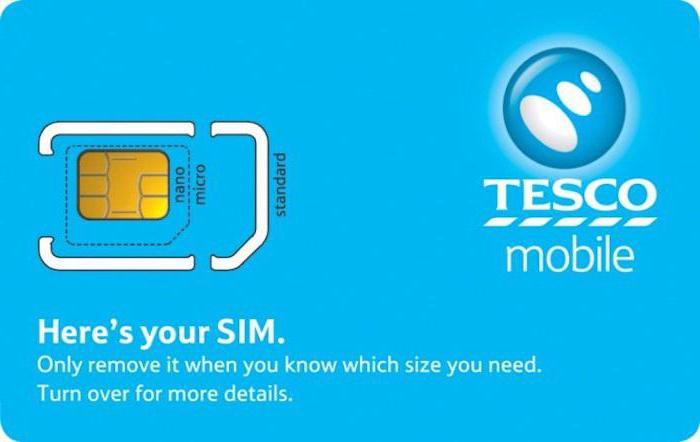Over the past twenty years, SIM cards have been reduced in size twice, and now when buying a new phone you have to pay attention to what type of SIM cards it uses. In this article we will talk about what types and sizes of SIM cards Apple uses in its smartphones.
Appearance story
The very first mobile phones did not have SIM cards and used a fixed number as an identifier in the cellular network. This approach did not suit either the first mobile operators or the users themselves. There was an idea about the need to create another subscriber identification system that would be convenient for everyone, which led to the development of SIM cards. The legacy of the first identification technologies in modern cellular devices is a unique IMEI number. It is assigned to each phone during its production and does not change throughout the entire operation period.
Technologically, the SIM card is a mini-computer. It has its own processor, file system and memory, permanent and operational. For security reasons, the card has a built-in encryption system for user data. The capabilities of this miniature computer chip are used by cellular network operators to create various types of built-in menus.
Types and Sizes
In total, three standard sizes of replaceable subscriber identity modules (SIM) are used:
The dimensions in this list correspond to the length, width, thickness and are indicated in millimeters.
The main type of cards used since 1996 is a mini-sim. Micro-sims have been available since 2004 and are also quite widespread. The most recent type developed is nano-sim. It appeared in 2012 and is used in many modern smartphone models.
The size of the cards is related to the dimensions of the mobile devices themselves. Reducing the thickness of the phones and the internal space in the case made manufacturers need to change the type of SIM card. Micro-sim, which means "small" or "reduced", was first used by Apple. A new size was used in iPhone 4. While maintaining the parameters of the main chip, the card lost its surrounding plastic substrate. For some time, thanks to the preserved thickness and basic functionality of the mini-sim, they simply “cut” it to the required size.

Mobile operators over time have adapted to the set of available types of cards, and now, acquiring a SIM card in any salon, you get it in the form of a kind of "nesting doll". All three sizes are presented on one plate and are separated only by slots, thanks to which you can easily choose the right one. If it is necessary to use the old smartphone model with a new SIM card, the external shells of this “nesting doll” act as an adapter, since the control chip contains only the “nano” size.
iPhone and SIM cards
For many years, the apple company, the trendsetter of fashion and design trends in the mobile industry, has always been the first to use a new type of SIM card. As we already know, the fourth model of iPhone led to the emergence of the size of the "micro". A few years later, Apple again changed the type of SIM card. In the iPhone 5S, as in all smartphones of this company, starting with the "five" and ending with the "seven", only the size "nano" is used.
Thus, all modern iPhone models use a single SIM card standard. For the outdated, but still used iPhone 4 and 4S, you will need to use the type of "micro", and for very original copies, which include 3 and 3G - "mini". The situation is similar with the tablets of this company. All information about the used SIM cards can be found on the Apple Technical Support page.
Finally
After studying our material, you have received the necessary minimum knowledge about sim cards, their types, sizes and use in Apple devices.